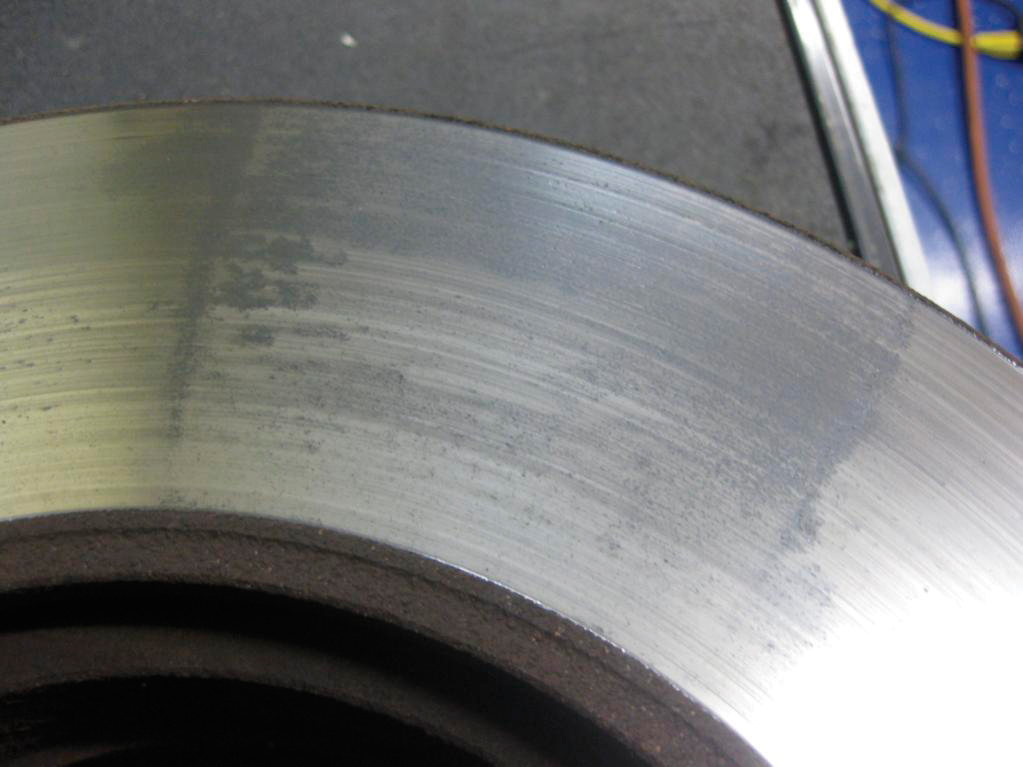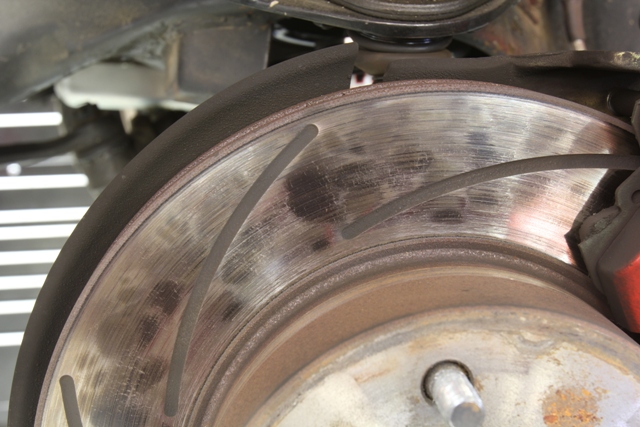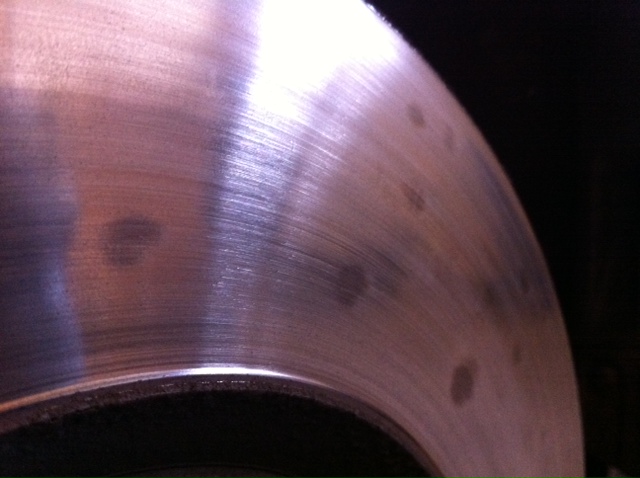Hey so I hope I'm posting this in the right area.
I have a 2003 jeep grand Cherokee Laredo, recently about once a day when i try to come to a full stop my brakes seem to stutter as in a similar situation to when you try to brake on ice and your ABS engage, but this is happening on clean dry roads. I plan on taking it in but I would like to have an idea what might be causing it before I do.
Don't know if its relevant but my jeep also tends to pull to one side occasionally and I have a mismatched tire which is the same size and such as the others.
I am not a mechanical type of person but I'm trying to learn.
I have a 2003 jeep grand Cherokee Laredo, recently about once a day when i try to come to a full stop my brakes seem to stutter as in a similar situation to when you try to brake on ice and your ABS engage, but this is happening on clean dry roads. I plan on taking it in but I would like to have an idea what might be causing it before I do.
Don't know if its relevant but my jeep also tends to pull to one side occasionally and I have a mismatched tire which is the same size and such as the others.
I am not a mechanical type of person but I'm trying to learn.





